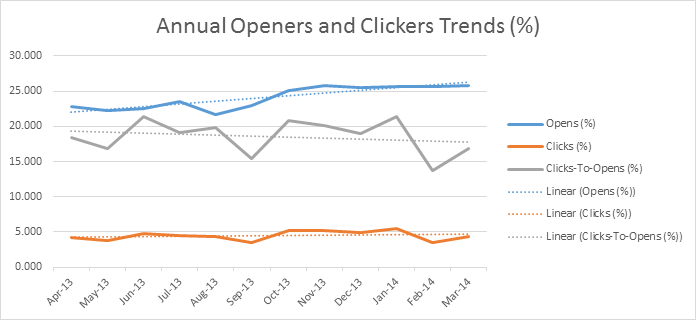Have you ever been in a meeting or been that person in the meeting telling everyone it’s great, email open rates have gone up. Now it is true that if you can get “real opens” up then the rest of your metrics will hold true and that is a good thing but the proliferation of smart devices – predominately the iPhone and iPad – and the way their email client works has led to increasing numbers of “false opens”.
A “real open” is, of course, when a user makes a conscious decision to open and read or at least scan your email.
A “false opens” occur when a user – predominately on an email client that lists all unopened emails in a row – taps to open and then closes them straight away, the intention being to remove the email from their count of unopened mail so that if a new message comes in they know it’s new.
Ever been that person? Well as soon as you do that on a device that pulls down the open mail tracking gif you are messing with a marketers numbers!
It is why many marketers in the last year have seen click-to-open rates fall while overall clicks are holding steady or even increasing. It gives both a false positive and a false negative for your campaigns when the truth lies in the actual numbers themselves.
We recently had a client who was worried about the widening gap in their click-to-open rates, and at a headline level you could see why they were worried. However, when looking at the ROI stats email revenues had increased considerably, click rates were also increasing but at a slower rate than their opens – almost certainly due to “false opens”. This gave the impression that there was a problem with the campaigns when in fact the underlying numbers suggest the opposite.
It’s easy to look at the headline numbers and get a false picture, especially if you have been using the same metrics and relying on them. However, open rates are the softest metric of all email marketing stats and, as such, often should be taken with a pinch of salt. The real devil is in the detail, how many clicks, who clicked, what did they click on and what did they do when they got to your web site?
If these numbers are healthy, you don’t need to worry too much about opens.


